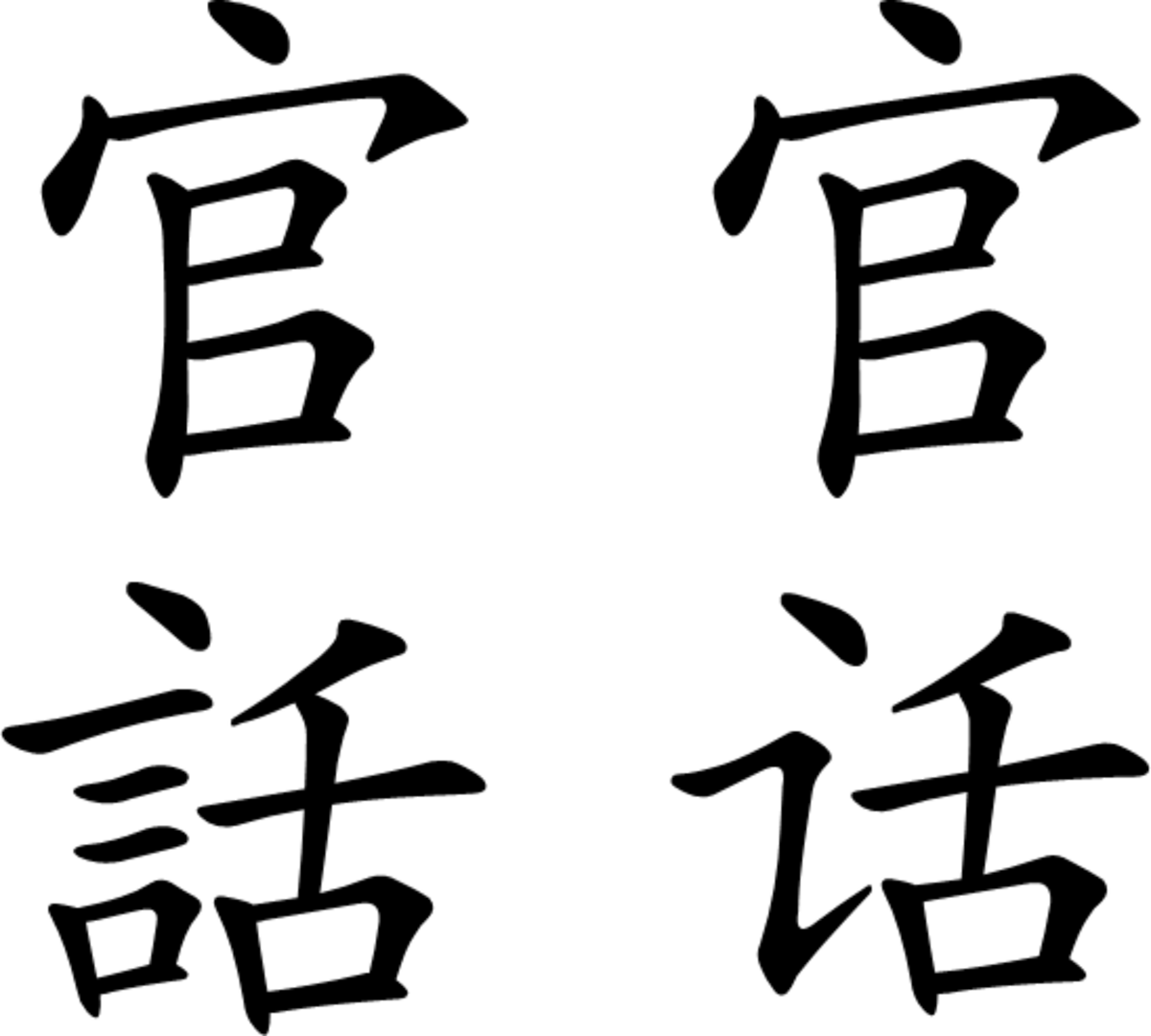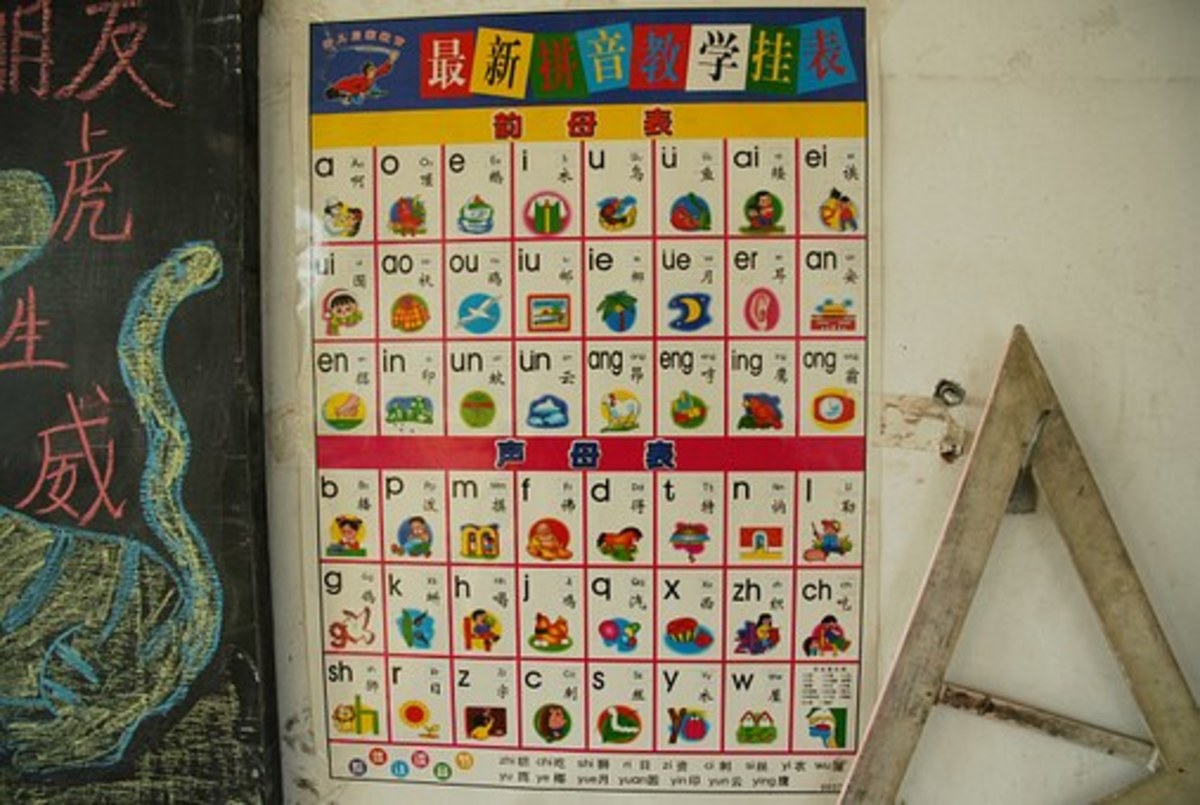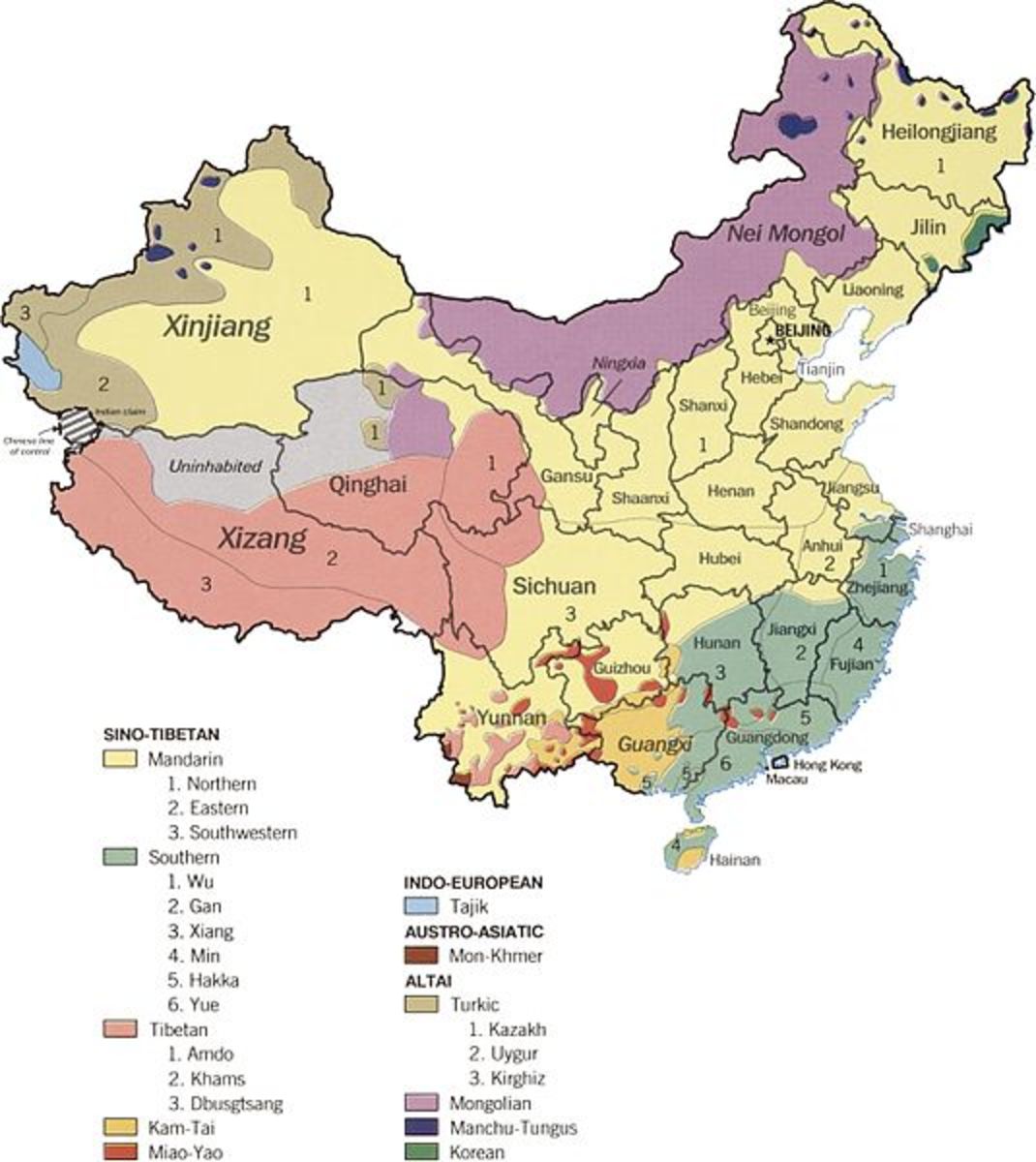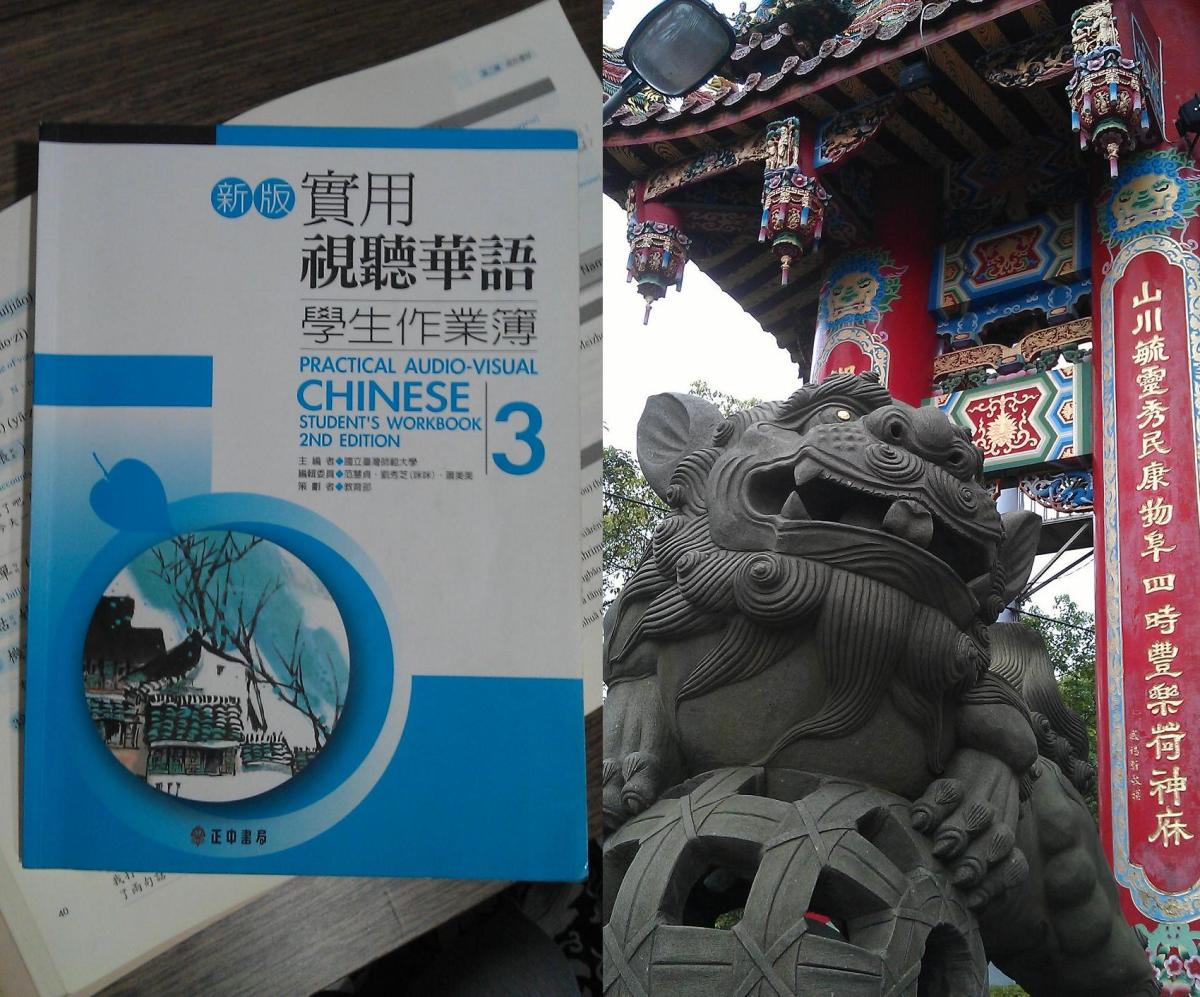Learn Chinese in 5 minutes a day - Lesson 1
Learn Chinese in 5 minutes!
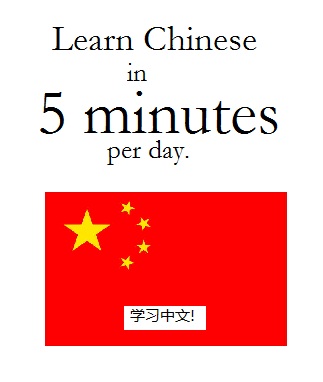
Learn Chinese in 5 minutes per day - Lesson 1
Why should you learn Chinese?
If you have already found your way here, you probably have at least a slight interest in learning Chinese. Whether it be because you want to broaden your horizons, communicate with colleagues more effectively, or because you want to make new friends, all of these reasons are valid. Mandarin is spoken by literally hundreds of millions of people world wide. Learning Mandarin opens up a whole new world of opportunities, including travel, movies, music and a whole lot more.
Why should you subscribe to this series of articles?
I have studied mandarin for the last 5 years, so I know how tough it is to learn the language. Sometimes, native speakers don't get how frustrating some parts of their language can be, because for them it just comes naturally. I have tried nearly every method that I could think of to learn Chinese, and have now devised a very interesting and fun way to learn Chinese.
What can you expect from this series?
In all honesty, you won't become fluent after a year of reading my articles, BUT you will have the skills to understand what Chinese people are saying, to enjoy music and movies and to communicate effectively. I will use real life examples, such as extracts from movies, TV shows and music to teach you things that you can't learn from a textbook. And what's more, it is absolutely FREE! I love this language, and am proud to be able to share my knowledge with others.
[*When you have finished this lesson, click here: http://hubpages.com/hub/Learn-Chinese-in-5-minutes-per-day-Lesson-2 to move on to lesson 2.*]
STRUCTURE:
- Each article, I will give you new words and vocabulary to learn.
- There will be a small text where you can see real life examples of the Chinese you have just learnt.
- In order to learn, it is useful to make flash cards of the new words that you learn each article, one side in English and the other side in Chinese characters/pinyin.
- A video clip will be given with each article so that you can hear a native speaker pronounce the words.
- Easy to understand explanations will be given to help you!
So, without further a due, let's get on with the lesson!
LESSON 1 - SAYING HELLO!
Congratulations on choosing to learn Mandarin Chinese. As with any language, the first thing you need to learn how to do is say hello.
Part 1 - Preparation. Please grab a pen, and a piece of paper and write down the following:
你 - nǐ - you
好 - hǎo - good
我 -wǒ - me / I
很 - hěn - very
吗 - ma - turns a statement into a question
再 - zài - again
见 - jiàn - meet
What do those symbols above the romanization mean?
You may be asking, what are those symbols above the pinyin (Using english letters to show the pronunciation of the Chinese characters) mean? Basically, they show the tone of your voice as you say the character. If the symbol goes down from left to right, your tone of voice should go down as you say the word, if the symbol is flat, then your voice should also stay flat. -BUT- Chinese people understand how hard this is to do for a beginner, and they will forgive you if you make mistakes, so firstly you should focus on memorizing what the characters look like and how to pronounce then. The easiest way to do this is to make flash cards. On one side, write the character with the pinyin (romanization) beneath it, and on the other side write the English.
The following video explains the use of tones:
http://www.youtube.com/v/J8kF2VWzg-M&hl=en_US&fs=1&
Above: Mainly focus on the tones, don't worry about the characters or what they mean. This will help you to understand what the tones sound like. Most importantly, don't stress about your tones yet!!
Part 2 - Memorization
If you have decided to make flash cards, please turn them over so the characters face you.
If you have decided to simply write them down on a piece of paper, please grab another piece of paper to cover up the english.
Take 2 minutes to try to at least recognize what the characters mean. Don't stress too much! If you get frustrated and find yourself not remembering them clearly, get up and walk around for a moment, then come back and try again.
Once you feel like you can recognize the characters, please continue to the next step.
Step 3 - Compound words.
So, now that we know that 你 means you, and 好 means good, we can put the characters together to make another word. That word is 你好 (nǐ hǎo) and that means hello!
See, you have already learnt 3 words, and you thought you had only learnt two!
Another compound word/sentence we can make is : 你+好+吗?(nǐ hǎo ma) Which means 'how are you?'
Another compound word/phrase we can make is: 很+好 (hěn hǎo) which means 'very good.' add 我 (wǒ ) to the front of that and you get "I am very good," 我很好。
Finally, we can make one more compound word with the characters we have learnt, 再 + 见 ( zài jiàn.) This means, goodbye (again meet -> see you again.)
In summary:
- 你 + 好 = 你好(hello)
- 你 + 好 + 吗 = 你好吗? (How are you?)
- 我 + 很+ 好 = 我很好 (I am very good.)
- 再 + 见 = 再见 (bye.)
So now we know how to say: you, me, good, very, very good, how are you?, I am very good, good bye, again, meet all from just 6 characters! Chinese doesn't seem so hard now, does it?
Step 4 - Implementation
Now that we know the above, please try to comprehend, or guess the meaning of the following dialogue:
A: 你好!你好吗?
B: 你好,你好!我很好,你好吗?
A: 我很好!
B: 好。。再见!
A: 再见!
Before reading the following translation, try to guess yourself what the above translates to.
A: Hello! How are you?
B: hey, hello. I am very good, how are you?
A: I am good.
B: Well, bye then!
A: Bye!
Congratulations, you have just read and comprehended your very first Chinese dialogue. To hear native speakers say the words you have just learnt, listen to the following video:
http://www.youtube.com/v/Iac-AxEHXw0&hl=en_US&fs=1&
Step 6 Test yourself
Write a comment to let us know how you go with this very basic test:
Question 1 : how do you say "You?"
Question 2 : how do you say "me" or "I"
Question 3 : what does “你很好吗?" mean?
Challenge question:
If the character 不 (bu) means not, or negative, then what does “我不好” mean?
Thanks for participating in the first lesson!
I will continue to upload these lessons, at least 3 a week to help as many people as I can to learn Chinese. Each lesson will be continuous, so don't worry, you wont forget what you have already learnt! Please leave a comment if you have any questions, need some help or have a suggestion!
再见!
[*When you have finished this lesson, click here: http://hubpages.com/hub/Learn-Chinese-in-5-minutes-per-day-Lesson-2 to move on to lesson 2.*]


